Investigators continue to examine the aging technologies involved in the June 22 collision of two trains in D.C. and the actions of Jeanice McMillan, 42, the operator of the trailing train that struck the first train. Nine people, including McMillan, died, and 80 people were injured in the collision.
In a phone interview June 29, media contact Bridget Ann Serchak of the National Transportation Safety Board (NTSB), told the Epoch Times that an investigation like this typically takes about 15 months. “We should have another advisory out in a day or two, certainly before the 4th of July, with any additional factual information that we can provide. But we wouldn’t provide results this early in an investigation for any reason,” said Serchak.
According to the last NTSB update on the investigation into the collision, published on NTSB’s Web site June 25, investigators found streak marks on the rails of the track for about 125 feet near the point of impact, consistent with heavy braking.
When investigators conducted tests at the accident site two days after the collision, the complex train control system, which should have prevented the collision, failed to detect a similar train that was stopped at the same location as the train that was struck on June 22, according to NTSB’s Web site.
Metro General Manager John Catoe told board members June 25 that an estimated 3,000 signaling circuits in the Metro system are being inspected, according to Washington Metropolitan Area Transit Authority (WMATA) Web site.
“We do not know if the circuits had anything to do with this accident, but we won’t just sit back and wait for someone to tell us,” said Catoe. “We’re going to be proactive and get out there to test all of them … We will not rest until we have the answers. We will take action to improve safety and ensure the confidence of our customers,” according to a press release on WMATA Web site.
In a phone interview June 29, media contact Bridget Ann Serchak of the National Transportation Safety Board (NTSB), told the Epoch Times that an investigation like this typically takes about 15 months. “We should have another advisory out in a day or two, certainly before the 4th of July, with any additional factual information that we can provide. But we wouldn’t provide results this early in an investigation for any reason,” said Serchak.
According to the last NTSB update on the investigation into the collision, published on NTSB’s Web site June 25, investigators found streak marks on the rails of the track for about 125 feet near the point of impact, consistent with heavy braking.
When investigators conducted tests at the accident site two days after the collision, the complex train control system, which should have prevented the collision, failed to detect a similar train that was stopped at the same location as the train that was struck on June 22, according to NTSB’s Web site.
Metro General Manager John Catoe told board members June 25 that an estimated 3,000 signaling circuits in the Metro system are being inspected, according to Washington Metropolitan Area Transit Authority (WMATA) Web site.
“We do not know if the circuits had anything to do with this accident, but we won’t just sit back and wait for someone to tell us,” said Catoe. “We’re going to be proactive and get out there to test all of them … We will not rest until we have the answers. We will take action to improve safety and ensure the confidence of our customers,” according to a press release on WMATA Web site.
“When the investigation is completed, we will find she went beyond her job,” Catoe said at a memorial service in Southeast Washington at a church of the train operator who died in the collision. “I believe she saved lives. She was able to slow that train up before it crashed,” according to the Washington Post.
Catoe said he met with U.S. Transportation Secretary Ray LaHood to ask for emergency federal funding “To restore whatever is necessary in this system,” including new rail cars to replace Metro’s oldest series of cars, and got the commitment that he will support it, according to the Washington Post.
The rail cars of the train that stuck the other train on the June 22 collision were about 35 years old, and it is estimated to cost nearly $1 billion to replace all the similar rail cars for the metro system, according to WMATA Web site.
With the current recession and transportation projects starved nationwide, dollars are scarce, and finding even $150 million is not a “Simple adjustment,” said Sen. Benjamin L. Cardin (D-Md), according to the Washington Post.
In a phone interview June 29, a media contact at WMATA told the Epoch Times that only the trains on the Red Line have been restricted to a speed of 35 miles per hour since the time of the accident. The reduced speed on the Red Line will continue at least until July 1 and perhaps beyond that.
Also, the Takoma Metro Station, near the site of the collision, will close starting at 10 p.m. and reopen at 5 a.m. at least from June 29 to July 1, while investigators continue to determine the cause of the accident, according to WMATA Web site.
A week after the two trains collided on the Red Line, another fatality involving a train occurred on the Red Line just two stations north of the Takoma Metro Station. A train struck and killed a person, this time at the Forest Glen Metro Station in Maryland. The accident occurred at 4 p.m. on June 29, causing additional delays through the rush hour, according to an NBC report.
NTSB is leading the investigation that caused the collision on June 22. “Parties to the NTSB investigation include WMATA, the Federal Transit Administration, the Amalgamated Transit Union, and the Tri-State Oversight Committee,” according to NTSB’s Web site (www.ntsb.gov).
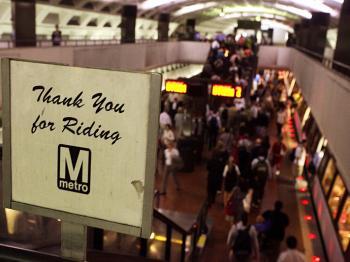
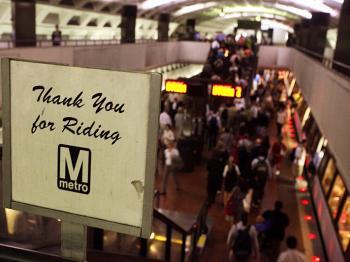
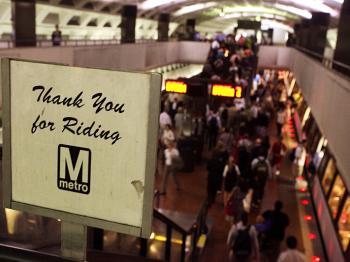
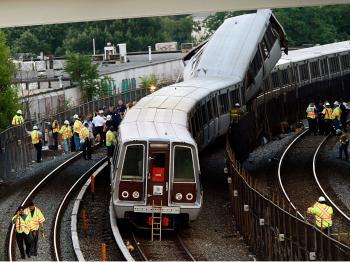
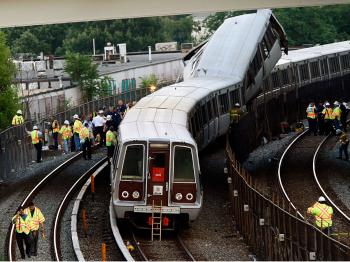
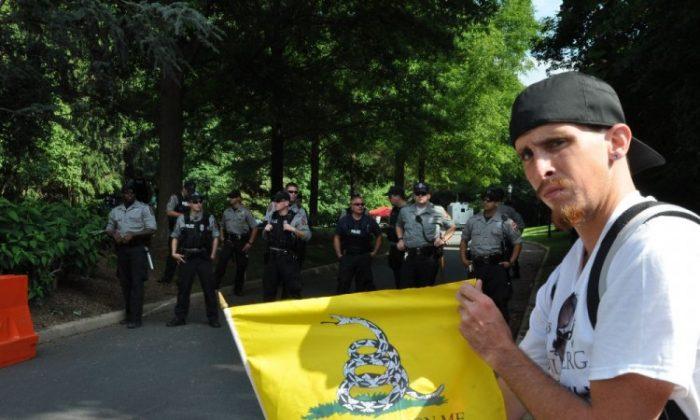

Friends Read Free